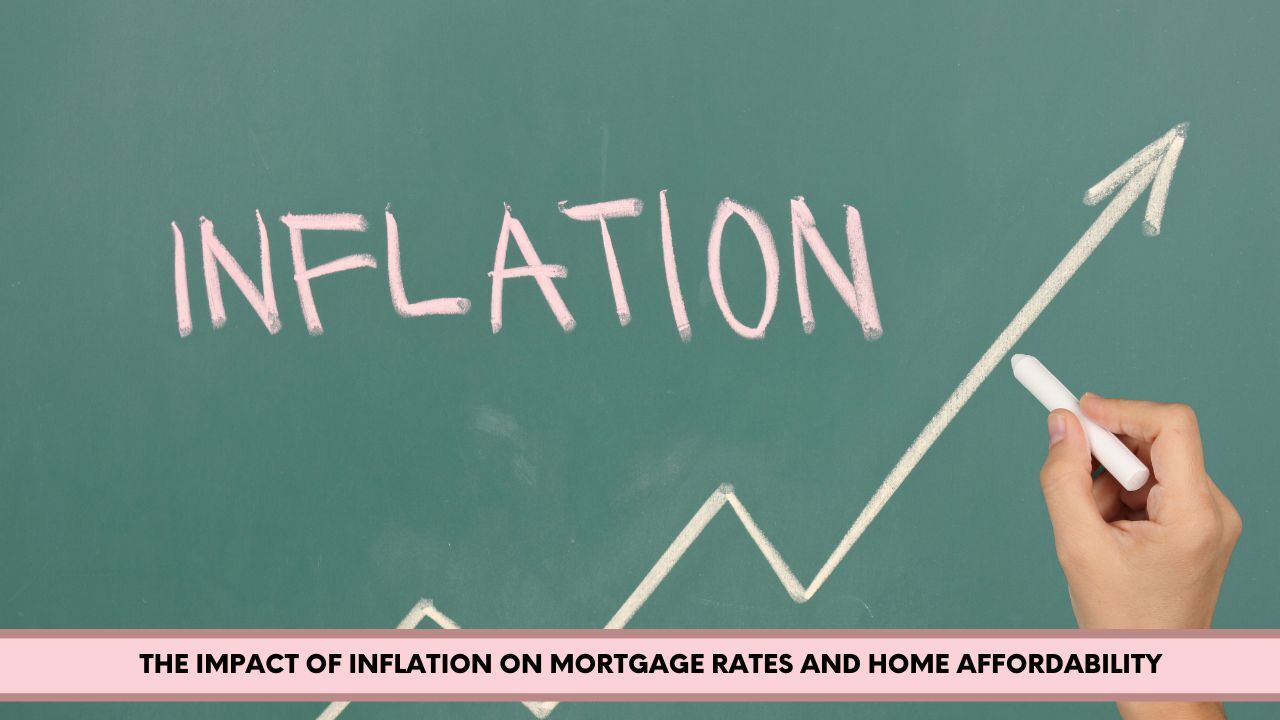 Inflation has made a loud and lasting entrance into our daily lives. From groceries to gas prices, everything seems more expensive. One of the most significant areas where inflation leaves its mark is in the housing market, particularly mortgage rates and home affordability. As inflation continues to fluctuate, many potential homebuyers are left wondering how it all connects, and what it means for their financial future.
Inflation has made a loud and lasting entrance into our daily lives. From groceries to gas prices, everything seems more expensive. One of the most significant areas where inflation leaves its mark is in the housing market, particularly mortgage rates and home affordability. As inflation continues to fluctuate, many potential homebuyers are left wondering how it all connects, and what it means for their financial future.
How Inflation Drives Mortgage Rates
Inflation refers to the rise in the cost of goods and services over time. When inflation is high, the Federal Reserve typically responds by raising the federal funds rate in an effort to slow down spending and stabilize the economy. While the Fed does not directly set mortgage rates, its policies heavily influence them. As borrowing becomes more expensive for banks, those costs are passed down to consumers in the form of higher interest rates, including mortgage rates.
As of today, inflation remains a persistent concern, with housing costs playing a central role in many households’ budgets. Mortgage rates, which hovered near historic lows during the early pandemic years, have risen significantly. For a homebuyer, this shift can mean hundreds, or even thousands, more in monthly payments compared to just a few years ago.
Why Home Affordability Has Taken a Hit
Home affordability is a measure of how easily a typical family can afford to buy a median-priced home. With home prices still elevated and mortgage rates rising, affordability is at its lowest point in decades for many regions. Even if home prices stabilize or slightly decline, the effect of higher interest rates keeps monthly payments high, putting homeownership out of reach for many middle-income buyers.
For example, a $400,000 mortgage at 3% interest has a monthly payment of about $1,686 (excluding taxes and insurance). At 7%, that same loan would jump to roughly $2,661, a staggering difference for most households. That shift alone can drastically reduce buying power and force many would-be buyers to delay their home purchase or consider less expensive areas.
What Can Buyers Do?
Despite these challenges, buying a home is still possible with the right strategy. Improving your credit score, reducing debt, and saving for a larger down payment can all help secure a better mortgage rate. Some buyers are exploring adjustable-rate mortgages (ARMs) or buying discount points to lower their rates upfront. Others are considering smaller homes or moving to more affordable locations to stay within budget.
For those unable to buy right now, staying financially prepared is key. Continue building your credit, track market trends, and speak with a mortgage professional about your options. Inflation may not disappear overnight but understanding how it affects your homebuying journey is the first step.


